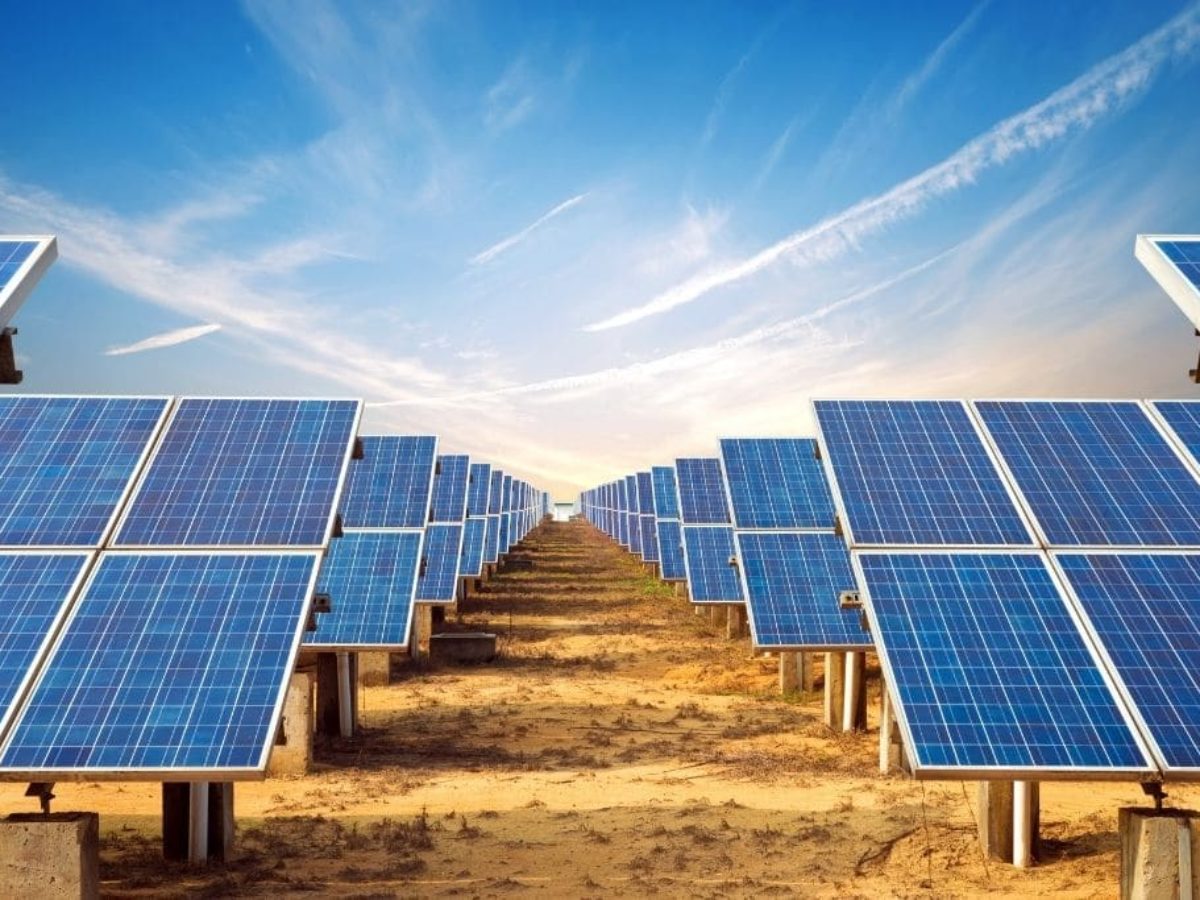Due to the presence of renewable natural resources, Southeast Asia has ample room for growth in renewable energy production
By Tommaso Magrini
Southeast Asia wants to triple renewable energy production, in line with last year's UN commitment. And to do so it will probably receive a boost from China's record solar installations, which added 216.9 gigawatts of solar power in 2023, surpassing the 175.2 gigawatts generated in the United States, the world's second largest solar energy market. The sharp increase has encouraged a drop in renewable equipment prices, helping the rest of Asia. The result is that China has significantly more solar module export capacity in 2024 and 2025, and the resulting global oversupply is driving module prices down dramatically. "This is increasing the commercial profitability of solar energy compared to alternative sources of electricity, both within China and in the wider and global Asian markets," said the experts interviewed by the South China Morning Post. Southeast Asian countries such as Thailand, Vietnam, and Singapore are accelerating renewable energy capacity in line with their net zero emissions targets by 2050 or 2060, but have found it difficult to reduce their reliance on coal and gas. The challenges for other Asian countries are "very different" from China's due to lack of access to financing and inadequate grid infrastructure and battery storage systems.Nevertheless due to the presence of renewable natural resources, Southeast Asia has a wide allowance of growth in the production of renewable energy. China is developing and financing solar power projects in the region. These include the 2.2-gigawatt Mekong River Floating Solar Project in Thailand, the 168-megawatt Don Sahong Dam Solar Project in Laos, and the 140-megawatt Cirata Floating Solar Project in Indonesia.






